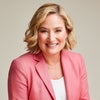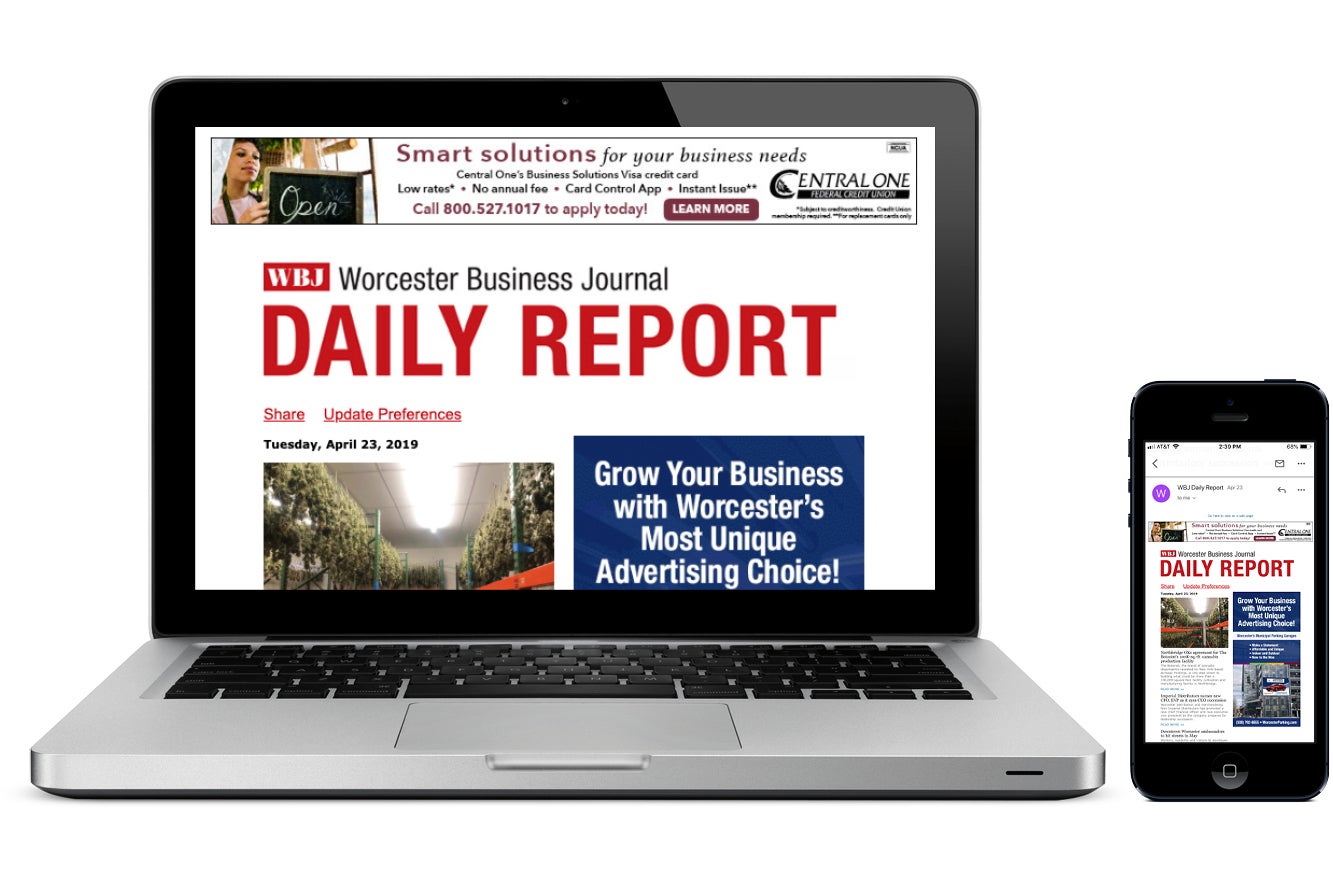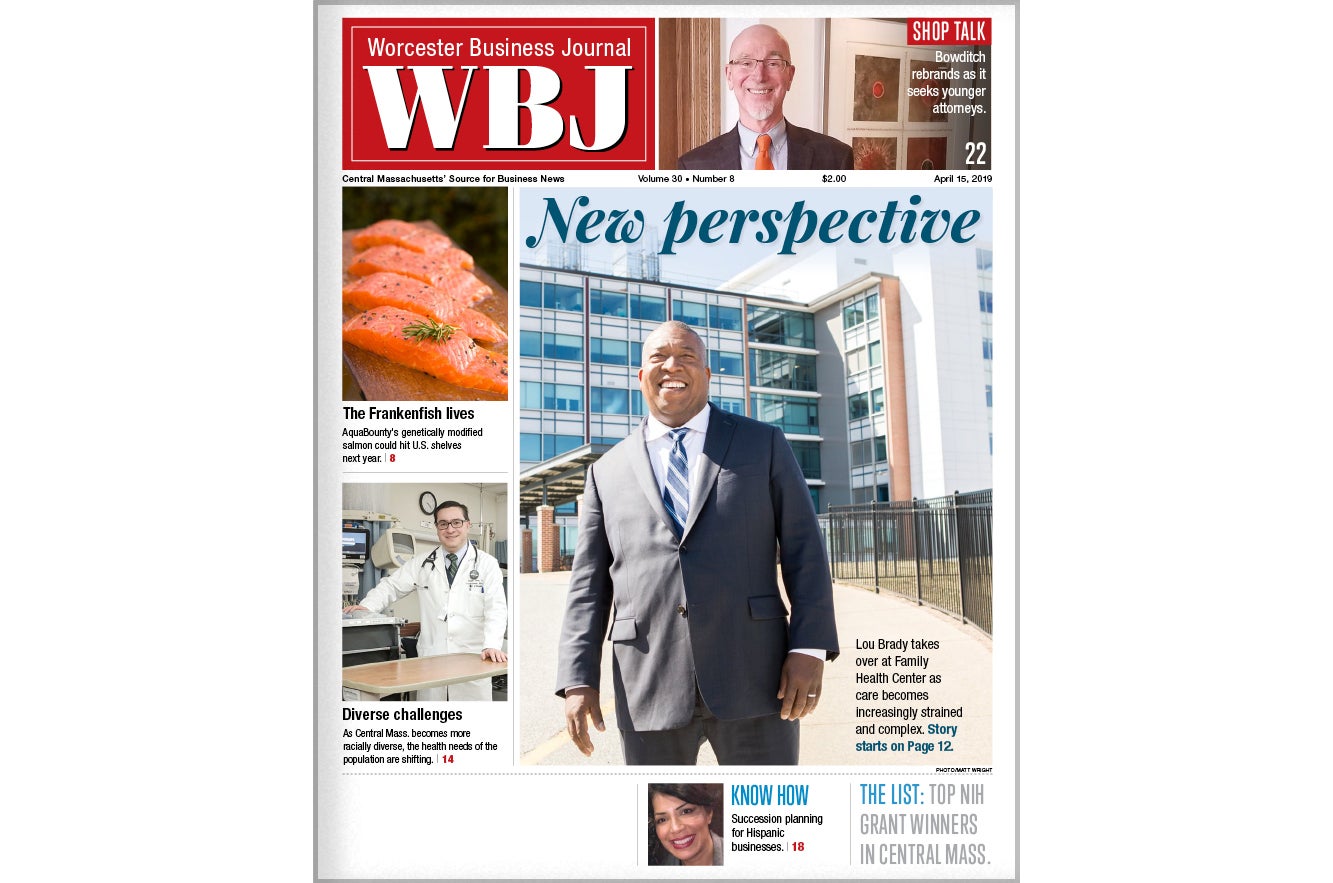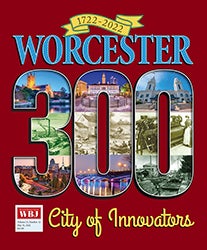Spending climbs, but inflation threats linger
The Labor Department said wholesale prices for finished goods spiked 3.2 percent in November from the previous month, and were up more than 7 percent from year-ago levels. The main culprit was energy, with gasoline soaring 34.8 percent in the month.
In a cautionary sign for the Federal Reserve, core wholesale inflation - which excludes more volatile food and energy prices - was a robust 0.4 percent.
The Fed, which has cut a key interest rate three times since September to buoy economic growth, and other economists closely watch core figures as a short-term indicator of underlying inflation trends.
The report "drives a stake through the heart of the argument that the U.S. does not have an inflation problem," says Brian Wesbury, chief economist of First Trust Advisors, noting the overall price rise was the "largest single-month hike since 1973, beating every month during the high inflation of the late 1970s as well as the month affected by Hurricanes Katrina and Rita."
A key question is how much of the higher costs businesses are willing or able to pass on to consumers. Economists will be closely watching today's report on consumer inflation.
Separately, the Commerce Department said retail sales surged 1.2 percent in November, which followed a 0.2 percent increase in October.
Fed officials have expressed some concern that consumer spending, about two-thirds of economic activity, will slow under the weight of high energy prices, a falling housing market and plummeting consumer confidence.
Other economists downplayed the worries. "Depressed consumers go shopping to cheer up," was the headline on an advisory from PNC Financial Services to its clients.
While the November numbers suggest consumers were responding to the widespread discounting that started well before Thanksgiving, the National Retail Federation isn't worried the gains will be at the expense of December sales. NRF spokeswoman Ellen Davis says its polling shows people finished about the same percentage of their shopping - less than 40 percent - by Dec. 1 this year as they did last year.
Phil Rist, vice president of strategy at consumer insights firm BIGResearch, says holiday retail sales can be a tricky economic indicator.
"It's always important to remember that people are working off a list of people they are buying for," says Rist. "The exception to that is when they are in the store ... will they buy items for themselves?"








0 Comments